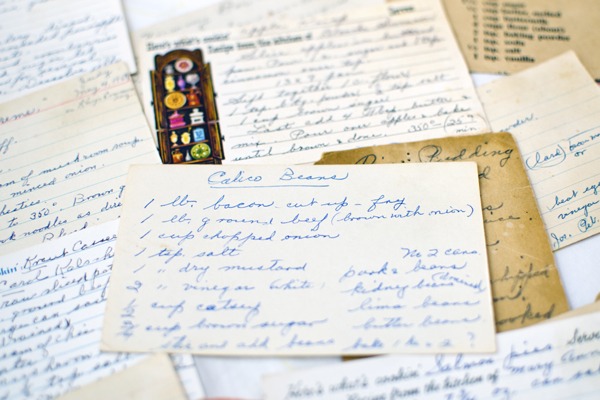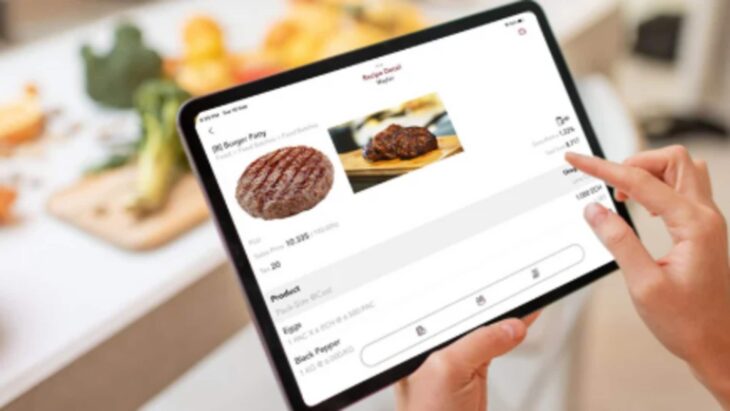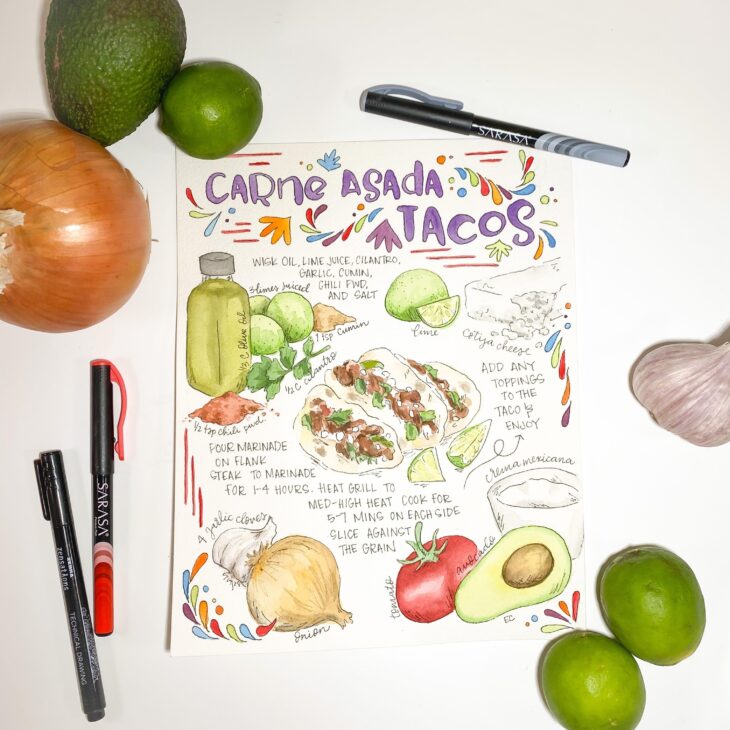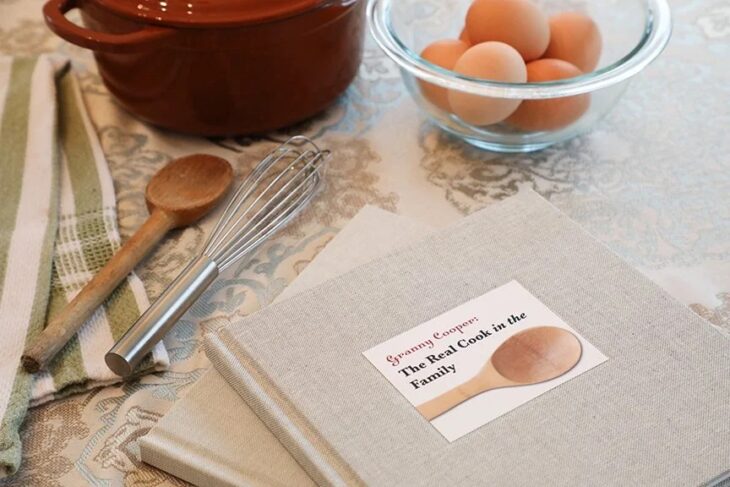Family recipes aren’t just instructions for preparing food, they’re small fragments of history, tradition, and identity passed through generations.
Every handwritten note on a faded card or shared story at the dinner table carries a memory. Today, collecting and preserving these recipes requires more intention, since so many moments are captured casually on phones or lost in clutter.
This guide dives into the most effective and practical ways to gather, protect, and share family recipes, so future generations will always have access to the meals that shaped your family’s story.
Gathering Recipes from the Family Circle

The first step is always outreach. Family recipes often live inside the heads of older relatives or tucked away in boxes of handwritten notes.
Taking time to gather these stories is as important as the ingredients themselves.
- Ask grandparents, aunts, or uncles about signature dishes they once prepared.
- Record conversations, especially when they share not only the “how” but also the “why” behind certain traditions.
- Scan fragile paper notes and save them as digital copies before they fade or tear.
When recipes are collected with context, like the special occasion they were made for, they gain a layer of meaning beyond food.
These conversations often spark memories that bring families closer together.
Organizing Recipes
Once recipes are collected, it is important to organize them. Loose papers in drawers can be misplaced, while digital files may get buried in folders. A recipe book, whether printed or custom-made, creates a central place to preserve everything.
One creative approach is using a reusable sticker book to mark pages, sections, or family favorites inside a recipe binder.
These markers can highlight which recipes belong to different branches of the family or which ones children particularly enjoy cooking.
The flexibility allows you to update or rearrange recipes without damaging pages, making it a practical and personal system.
Digital Tools for Modern Families

Technology offers powerful tools for recipe preservation. Digital storage not only ensures safety but also makes sharing recipes across the globe nearly effortless.
Here are some effective digital solutions:
- Cloud storage platforms: Upload scans or typed recipes to Google Drive, Dropbox, or OneDrive.
- Recipe-specific apps: Platforms like Paprika or Whisk allow categorization, scaling of portions, and even grocery list integration.
- Shared family folders: Create digital archives where everyone can add their contributions, ensuring inclusivity.
By combining digital methods with physical backups, you create a balanced system that withstands both time and technological changes.
Creating Recipe Cards for Continuity
Printed recipe cards may feel old-fashioned, but they remain one of the most cherished ways of passing down traditions.
They’re tactile, easy to gift, and often beautifully designed. Handwritten cards in particular carry a sense of authenticity – grandmother’s unique handwriting, for example, is something no digital font can replace.
To keep them practical:
- Print cards on durable cardstock or laminated paper.
- Include preparation notes on the back, such as substitutions or serving tips.
- Store them in waterproof boxes or binders to prevent wear.
Recipe cards can be both functional in the kitchen and symbolic as keepsakes.
Comparing Preservation Methods
To help families decide which approach works best, here’s a quick comparison:
| Method | Best For | Longevity | Ease of Sharing | Sentimental Value |
| Handwritten recipe book | Capturing authenticity and history | Medium | Low | High |
| Digital storage | Accessibility and global sharing | High | Very High | Medium |
| Printed recipe cards | Gifting and keepsakes | High | Medium | Very High |
| Recipe apps | Everyday cooking and updates | Medium | High | Low |
A combination of methods often provides the best long-term outcome.
Involving Children in the Process

Preserving recipes isn’t only about archiving, it’s about teaching. Inviting children into the process creates a bridge between generations.
Encourage them to write down their own notes, like which step they find hardest or what they like best about the taste.
Bullet-point strategies that work well include:
- Have children illustrate recipe cards with drawings of the dishes.
- Assign them the role of photographer to capture each step while cooking.
- Let them design a “family favorites” section to give them ownership in the collection.
By making the experience interactive, children learn both the technical skills of cooking and the deeper value of tradition.
Recording the Stories Behind the Recipes
Every recipe has a story. Was the dish first cooked during a holiday, or did it originate from a tough time when ingredients were scarce?
These narratives give recipes depth and turn them into family history.
Recording these stories can take different forms:
- Written anecdotes alongside each recipe.
- Short video clips of elders explaining traditions.
- Audio files saved in the same folder as digital recipes.
Subnote: Even if the recipe itself evolves over time, the story behind it stays timeless.
These stories become as nourishing as the food itself.
Hosting a Family Recipe Day
One of the most engaging ways to collect recipes is to make it a celebration. Hosting a family recipe day allows everyone to cook their signature dish, explain its origin, and document it in real-time.
This approach encourages collaboration while also guaranteeing accuracy, because no one will argue about whether “two pinches of salt” is correct when the cook is right there preparing it.
Practical tips:
- Assign one person to photograph each dish.
- Record short interviews with family members about the recipe’s history.
- Collect all ingredients and steps immediately into a shared document.
The event can become an annual tradition that strengthens family bonds.
Printing a Family Cookbook

After gathering, organizing, and documenting, the final step is creating a family cookbook. This collection can be self-published online or printed locally.
A cookbook turns memories into a tangible heirloom, something to gift at weddings, reunions, or holidays.
Elements to include:
- Table of contents divided by family member or dish type.
- Photos of the dishes alongside the recipes.
- Stories or notes from different generations.
A family cookbook becomes a living archive, one that can be updated every decade with new contributions.
Final Thoughts
Preserving family recipes is about more than ensuring you’ll always have access to grandma’s soup or dad’s Sunday roast.
It’s about keeping traditions alive, connecting across generations, and creating an inheritance richer than money.
By using both physical and digital methods, involving younger family members, and celebrating stories along with instructions, families ensure their culinary heritage remains intact for generations.